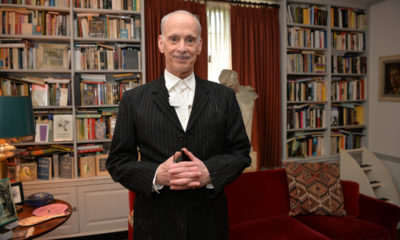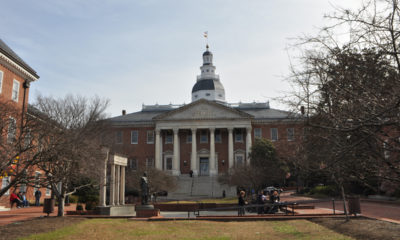Arts & Entertainment
Baltimore arts preview: John Waters, Tina Turner, and more
Busy season in Charm City with ‘Hamilton,’ Randy Rainbow among standouts
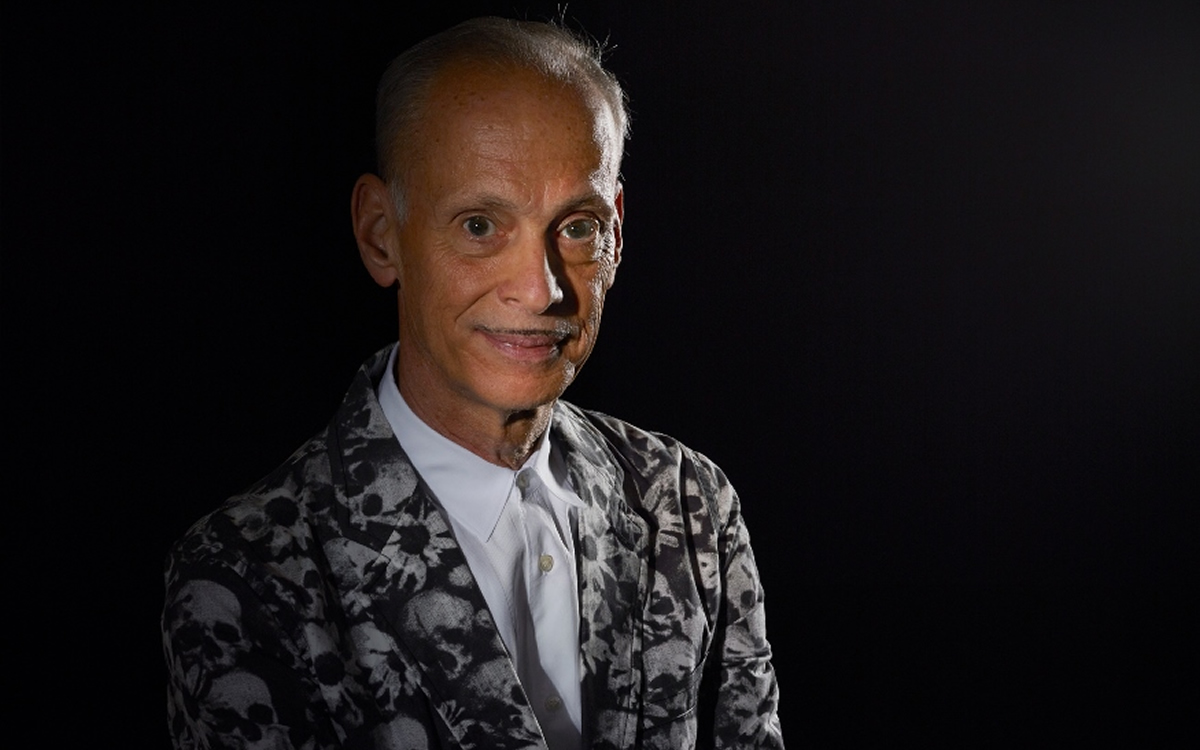
What sort of art does gay writer and filmmaker John Waters collect? Does it reflect his subversive sense of humor and empathy for outsiders? How did he get to be such a savvy art collector?
Fans will get some answers from “Coming Attractions: The John Waters Collection,” an exhibit opening Nov. 20 at the Baltimore Museum of Art. It’s one of many shows and exhibits coming to Baltimore this fall, including the national touring productions of “Hamilton,” “Jagged Little Pill” and “Tina: The Tina Turner Musical,” and appearances by Randy Rainbow, Trixie Mattel, Chelsea Handler and others.
“Coming Attractions” will feature about 90 works of art selected from 372 works that Waters, a BMA trustee, plans to leave to the museum upon his death. When his donation was announced in 2020, representatives promised the museum would have a preview of what’s to come while Waters was still alive, and this show is it.
Although Waters’s donation to the museum includes works by himself and others, “Coming Attractions” will focus on art he has collected and displayed at his homes in Baltimore, New York City, and San Francisco.
The guest curators are photographer Catherine Opie and artist Jack Pierson, both of whom have been friends with Waters for years and are represented in his collection. The exhibit is organized by Leila Grothe, the museum’s Associate Curator of Contemporary Art.
Among the featured works are paintings, sculptures, photographs, and prints by Diane Arbus; Nan Goldin; Mike Kelley; Richard Prince; Cindy Sherman; Gary Simmons; Cy Twombly; Andy Warhol; Christopher Wool and others.
Part of the exhibit is a grouping of works that represent Waters’s relationships with people in the art and film worlds, such as Brigid Berlin; Colin de Land; Cookie Mueller and Warhol. There’s also the first work of art by a non-human that the BMA has ever agreed to display (or add to its collection) – a painting by Betsy the Chimpanzee, who lived and painted at the Maryland Zoo in Baltimore in the 1950s.
“We have both known John Waters for years as an auteur filmmaker, a writer, an artist, an art collector, and a friend. We are honored to have the opportunity to curate a presentation of his collection, which so richly reflects his personality and imagination,” Opie and Pierson, who both identify as queer, said in a statement.
“Our hope is to share with audiences another aspect of John’s creative vision by offering a glimpse into what he values: artists who are unafraid to take risks, who do not compromise, and who create their art on the margins.”
Waters’s last major show at the BMA was “John Waters: Indecent Exposure,” a retrospective of his own work as a visual artist, which ran from Oct. 7, 2018 to Jan. 6, 2019. “Coming Attractions” will be on view until April 16, 2023.
Other major shows opening this fall at the Baltimore Museum of Art, 10 Art Museum Drive, include:
“Darrell Ellis: Regeneration,” from Nov. 20, 2022 to April 23, 2023. This is the first comprehensive museum exhibition devoted to the work of a multi-faceted artist who died of AIDS-related causes in 1992 at the age of 33. The show is co-organized with The Bronx Museum of the Arts.
“A Movement in Every Direction: Legacies of the Great Migration,” from Oct. 30, 2022 to Jan. 23, 2023. For this exhibition about Black Americans moving from the South to other parts of the United States starting around 1900 and continuing into the 1970s, the BMA and the Mississippi Museum of Art co-commissioned 12 artists to create works that examine the impact of the Great Migration on the social and cultural life in the United States. Participating artists include: Akea Brionne; Mark Bradford; Zoe Charlton; Larry W. Cook; Torkwase Dyson; Theaster Gates Jr.; Allison Janae Hamilton; Leslie Hewitt; Steffani Jemison; Robert Pruitt; James Richmond Edwards and Carrie Mae Weems.
“Baltimore, Addressed: Baker Artist Awards,” from Nov. 13, 2022 to March 12, 2023. Five past winners of the coveted Baker Artist Award — Laura Amussen; David Page; Ernest Shaw; Susan Waters-Eller and Pamela Woolford — respond to “the past, present and imagined future of the city.”
“Omar Ba: Political Animals,” from Nov. 20, 2022 to April 2, 2023. This is the first U.S. museum exhibition of the work of painter Omar Ba, a leading contemporary African artist.
“Stanley Whitney: Dance with Me Henri,” from Nov. 20, 2022 to April 23, 2023. Works on paper by a Philadelphia-born artist whose compositions and use of color and light have strong parallels to the work of Henri Matisse.
More visual arts events:
American Visionary Art Museum: The next “mega exhibit” at the American Visionary Art Museum, 800 Key Highway, is “ABUNDANCE: Too Much, Too Little, Just Right (Championing good, honest work from the hand and the heart),” from Oct. 8, 2022 to Sept. 2023. The curator is AVAM curatorial and development curator Gage Branda. It’s the first major exhibit at AVAM under new director Jenenne Whitfield, who this month succeeded founding director Rebecca Alban Hoffberger, who retired in April.
Walters Art Museum, 600 North Charles St. After cancelling its fall gala last year, the Walters has scheduled its 2022 celebration and fundraiser, An Evening at the Walters, for Oct. 15 from 6 p.m. to midnight. More information about that event and others is on the museum’s website, thewalters.org. Its current blockbuster, “Activating the Renaissance,” opened in April and continues until February 26, 2023.
The Peale, 225 Holliday St. After a five-year, $5.5 million renovation, Baltimore’s historic Peale Museum reopened in August as The Peale, Baltimore’s Community Museum. Inaugural exhibits include “Spark: New Light,” a collaboration between Towson University and the University of Maryland Baltimore County, featuring the work of more than 20 faculty members and MFA student artists celebrating the building’s reopening with “illuminated and illuminating works of art, until Sept. 25, and Peale Faces, until Aug. 13, 2023, featuring artist and “participatory history specialist” Lauren Muney’s hand-cut silhouette portraits of city residents. More information about Peale events is at ThePealeCenter.org.
Maryland Center for History and Culture: 610 Park Ave. On Nov. 5, the Mount Vernon history center will open “Claire/McCardell,” a yearlong exhibit about Claire McCardell, an influential designer of women’s clothing from the 1930s to the 1950s and beyond. More information about the history center and its collections is on its website, mdhistory.org.
Performing arts events:
Hippodrome Theatre, 12 S. Eutaw St.: Fall shows include Hamilton, October 11 to 30; State Ballet of Ukraine – Swan Lake, November 5; Randy Rainbow: The Pink Glasses Tour, November 11; Tina: The Tina Turner Musical, November 15 to 20; Nutcracker! Magic of Christmas Ballet, December 7 and 8; Paw Patrol Live! The Great Pirate Adventure, December 10 and 11; Little Jagged Pill, December 13 to 18.
Lyric Baltimore, 140 West Mount Royal Avenue: CoComelon Live!, September 16; Trixie and Katya Live, featuring drag stars Trixie Mattel and Katya Zamolodchikova, September 19; Michael Blackson and Jess Hilarious, September 24; The Price is Right Live, October 7; Baltimore Soul Jam; October 15; Disney Junior Live on Tour, October 21; and Whose Live Anyway?, featuring Ryan Stiles, Greg Proops, Jeff B. Davis and Joel Murray, October 29.
Also Joe Gatto Night of Comedy, November 4; Taylor Tomlinson, The Have It All Tour, November 5; New Jack City Live On Stage, November 6; Spy Ninjas Live, November 18; Alton Brown Live: Beyond the Eats – the Holiday Variant, November 19; Disney Princess Concert, November 25; Cameo Featuring the Rolex Band, November 26; Steve-O (from Jackass) The Bucket List Tour, November 30; Steven Crowder and Dave Landau’s Rebel with a Cause Tour, December 3; Mannheim Steamroller Christmas by Chip Davis, December 4, Chelsea Handler, December 15; Eddie B. Teachers Only Comedy Tour, December 16.
Creative Alliance, 3134 Eastern Avenue: On October 6, drag performer Betty O’Hellno and friends will host two singalong presentations of a 1975 cult classic, The Rocky Horror Picture Show, at 7 p.m. and 10 p.m. Costumes are encouraged. The following two nights, October 7 and 8, Creative Alliance will present “Chocolate Covered Rocky Horror,” a musical performance that promises to take the Rocky Horror experience to “a whole different dimension.” A full calendar of events, including Sidewalk Serenades, Dr. Sketchy’s classes in “life drawing with a twist,” and the popular Art to Dine For series, is at creativealliance.org.
Baltimore Center Stage, 700 North Calvert Street: Our Town, September 15 to October 9; Kulu Mele African Dance and Drum Ensemble and the Osagyefo Dance Company, September 17; Baltimore Butterfly Sessions, September 19, November 7 and December 5; BCS Sound Check with Michelle J. Rodriquez in Concert, October 21; Ain’t No Mo’ (in association with Woolly Mammoth Theatre Company), October 27 to November 20; The Rocky Horror Picture Show, featuring EarlOrrin Productions’ Chocolate Covered Rocky Horror, in partnership with Creative Alliance, October 28 and 29; and BCS Sound Check with Eze Jackson in Concert, November 18.
Everyman Theatre, 315 West Fayette Street: Dinner and Cake, September 6 to October 2; The Lion in Winter, October 18 to November 13; Ken Ludwig’s Baskerville: A Sherlock Holmes Mystery, December 6 to January 1, 2023.
Doors Open Baltimore: A popular annual program that allows participants to tour places that aren’t usually open to the public returns on October 1 and 2, with more than 40 sites open this year. Examples include the Arabber Preservation Society; the Bromo Seltzer Arts Tower; Chesapeake Shakespeare Theater; the H. L. Mencken House and Humanim at American Brewery. The complete list is at doorsopenbaltimore.org.
Baltimore Symphony Orchestra: One highlight of the BSO’s fall series is a celebration of the 40th anniversary of the opening of the Joseph Meyerhoff Symphony Hall in Baltimore on September 16, 1982. To mark the occasion, the BSO has planned a 40th Anniversary Season Opening Celebration for September 17, with Jack Everly as conductor and Ledisi as vocalist. More information about the symphony’s fall schedule is on its website at bsomusic.org.
Baltimore Soundstage, 124 Market Place: Madonna Gaga Britney Dance Party!, September 16; Shrek Rave, September 17; Old 97’s with Vandoliers, September 18; Pusha T, September 20; Wednesday 13, Bag of Humans, Space Lumberjacks, September 22; Dead Like Disco with Brothers Clair, September 23; Maddie & Tae with Sacha and Abbey Cone, September 24; The Get Up Kids, September 27; Nine Inch Naans Tour with Bloodywood, A Killer’s Confession and Iris Divine, September 29; and Japanese Breakfast, September 30.
Books
‘Dogs of Venice’ looks at love lost and rediscovered
A solo holiday trip to Italy takes unexpected turn
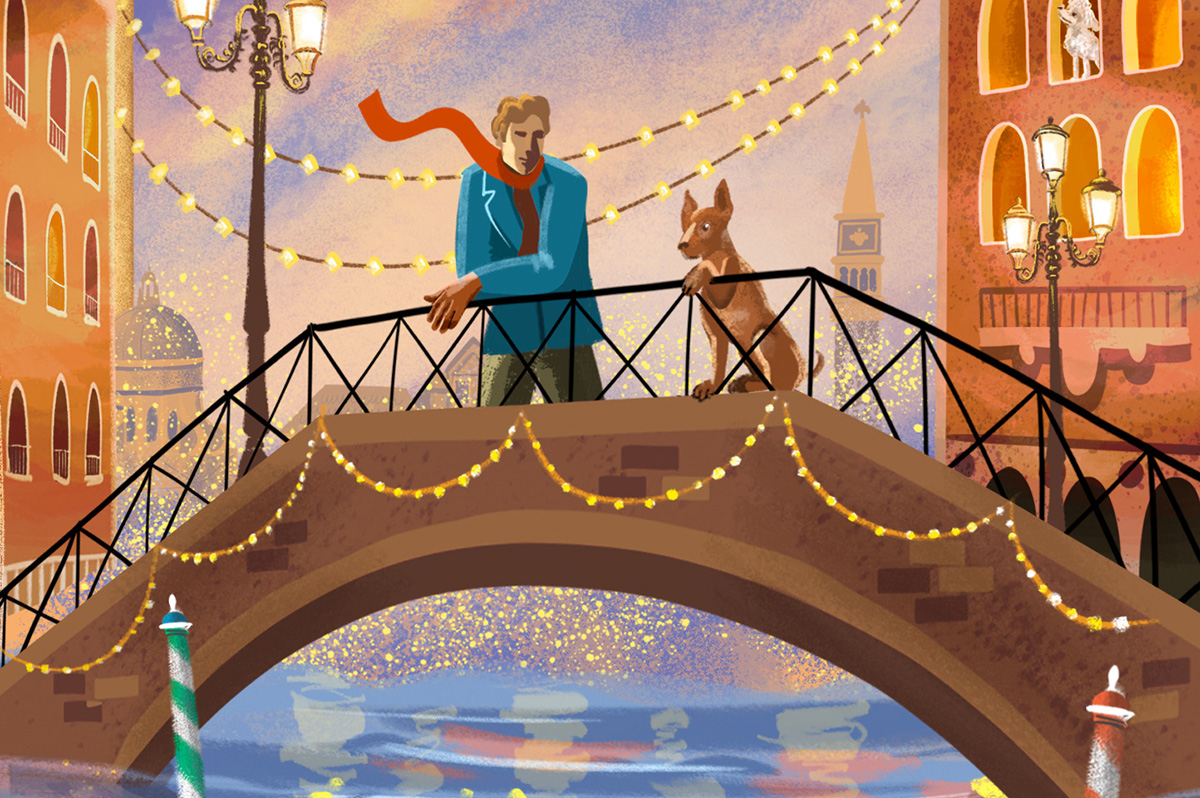
‘The Dogs of Venice’
By Steven Crowley
c.2025, G.P. Putnam & Sons
$20/65 pages
One person.
Two, 12, 20, you can still feel alone in a crowded room if it’s a place you don’t want to be. People say, though, that that’s no way to do the holidays; you’re supposed to Make Merry, even when your heart’s not in it. You’re supposed to feel happy, no matter what – even when, as in “The Dogs of Venice” by Steven Rowley, the Christmas tinsel seems tarnished.

Right up until the plane door closed, Paul held hope that Darren would decide to come on the vacation they’d planned for and saved for, for months.
Alas, Darren was a no-show, which was not really a surprise. Three weeks before the departure, he’d announced that their marriage wasn’t working for him anymore, and that he wanted a divorce. Paul had said he was going on the vacation anyhow. Why waste a perfectly good flight, or an already-booked B&B? He was going to Venice.
Darren just rolled his eyes.
Was that a metaphor for their entire marriage? Darren had always accused Paul of wanting too much. He indicated now that he felt stifled. Still, Darren’s unhappiness hit Paul broadside and so there was Paul, alone in a romantic Italian city, fighting with an espresso machine in a loft owned by someone who looked like a frozen-food spokeswoman.
He couldn’t speak or understand Italian very well. He didn’t know his way around, and he got lost often. But he felt anchored by a dog.
The dog – he liked to call it his dog – was a random stray, like so many others wandering around Venice unleashed, but this dog’s confidence and insouciant manner inspired Paul. If a dog could be like that, well, why couldn’t he?
He knew he wasn’t unlovable but solo holidays stunk and he hated his situation. Maybe the dog had a lesson to teach him: could you live a wonderful life without someone to watch out for, pet, and care for you?
Pick up “The Dogs of Venice,” and you might think to yourself that it won’t take long to read. At under 100 pages, you’d be right – which just gives you time to turn around and read it again. Because you’ll want to.
In the same way that you poke your tongue at a sore tooth, author Steven Rowley makes you want to remember what it’s like to be the victim of a dead romance. You can do it here safely because you simply know that Paul is too nice for it to last too long. No spoilers, though, except to say that this novel is about love – gone, resurrected, misdirected – and it unfolds in exactly the way you hope it will. All in a neat evening’s worth of reading. Perfect.
One thing to note: the Christmas setting is incidental and could just as well be any season, which means that this book is timely, no matter when you want it. So grab “The Dogs of Venice,” enjoy it twice with your book group, with your love, or read it alone.
The Blade may receive commissions from qualifying purchases made via this post.
a&e features
Local, last-minute holiday gift ideas
Celebrate the season while supporting area businesses

The DowntownDC Holiday Market is bustling. Union Station is decked out with its annual Christmas tree. Washingtonians have wrapped their houses and apartment balconies with festive lights and holiday decorations. The holiday season is here. And with stockings to fill and empty space under the tree, Washington’s local shops and artists have plenty to offer.
Show your LGBTQ and D.C. pride with the Washington Blade’s annual holiday gift guide.
To embrace the holiday buzz: The Blanco Nwèl cocktail from Alchy Cocktails. This Caribbean eggnog is one of Alchy Cocktail’s seasonal holiday cocktails. The flavor profile is similar to coquito, a traditional Puerto Rican Christmas drink with a coconut base. As a queer and Caribbean-owned business, Alchy Cocktails has been based out of Washington since 2021. Blanco Nwèl is available in both cocktail ($24) and mocktail ($12) online and at a variety of holiday markets, including the Tingey Plaza Holiday Market, the Flea Market at Eastern Market, Union Station’s Main Hall Holiday Market, and more. ($24)
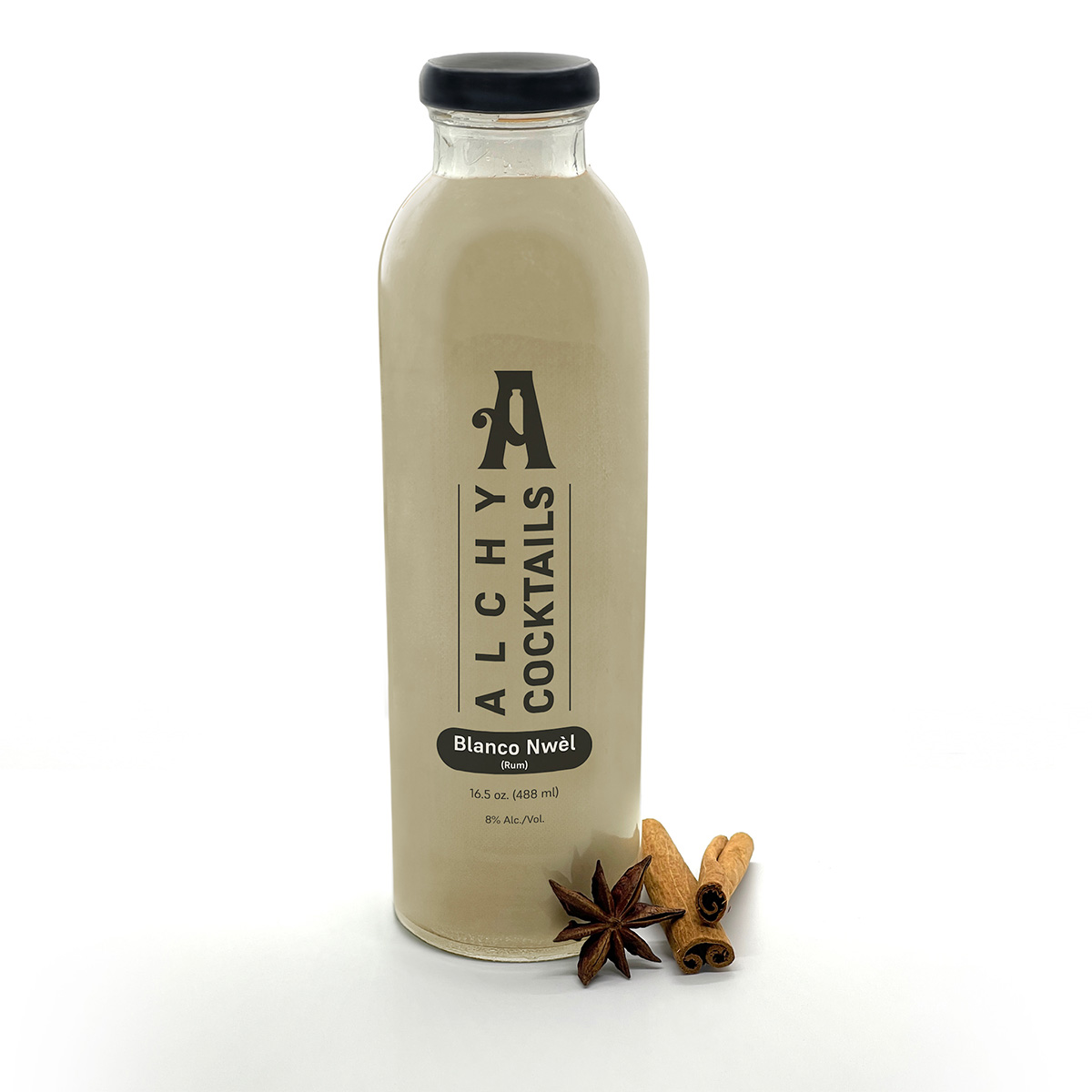
A spicy bite: Gordy’s Cajun Okra from Salt and Sundry. These spicy, tangy pickles pull on Southern Cajun-style flavors, packing a punch with paprika, cayenne, and more. Gordy’s is an LGBTQ-owned and Washington-based brand, making this gift an opportunity to support a local LGBTQ business straight from the jar. This pantry staple is available on Salt & Sundry’s website and at its locations in Union Market, Logan Circle, and its Georgetown holiday pop-up store. ($14)


To celebrate Washington pride: The DC Landmark Tote Bag from The Neighborgoods. Native Washingtonians, visitors, friends and family alike will find something to love about this Washington-themed tote bag. Food trucks, the 9:30 Club, the Metro logo and pandas from the National Zoo are just some of the city’s landmarks depicted across the tote in a red, white, and blue color palette. The tote is a part of the DC Landmarks collection, which donates 10 percent of its sales to the American Civil Liberties Union. The Neighborgoods itself is a local, woman-owned business built out of a passion for screen-printing in 2013. The 100 percent cotton canvas tote is for sale online or at the DowntownDC Holiday Market. ($22)
To give friends and family their flowers: The Flowers Bandana from All Very Goods. This 100 percent cotton bandana was designed in Washington and hand printed in India. Its uniqueness comes in being covered with the faces of Black women, representing a “love letter to all women but especially Black women,” according to All Very Goods. The Black woman-owned and operated business, based out of Northwest Washington, has a mission to celebrate diversity and representation through its products. The bandana intends to give Black women their “flowers.” The Flowers bandana is available for purchase online. ($24)

To unlock culinary creativity: The Curious Chef Gift Collection from Each Peach Market. This customizable collection of kitchen oddities — ranging from tinned fish to chili oil — is a quirky gift for the most inventive chefs. The collection is available in a Standard Santa, Extra Goodies and Super Holiday Size for up to $165. The Washington-based market, founded in 2013, permits customers to make the collection special by specifying what unique ingredients are packaged, including products made by local or LGBTQ brands. Each Peach Market offers assembly and pick up in-person at its Mount Pleasant shop and also offers local delivery and nationwide shipping via its website. ($85)
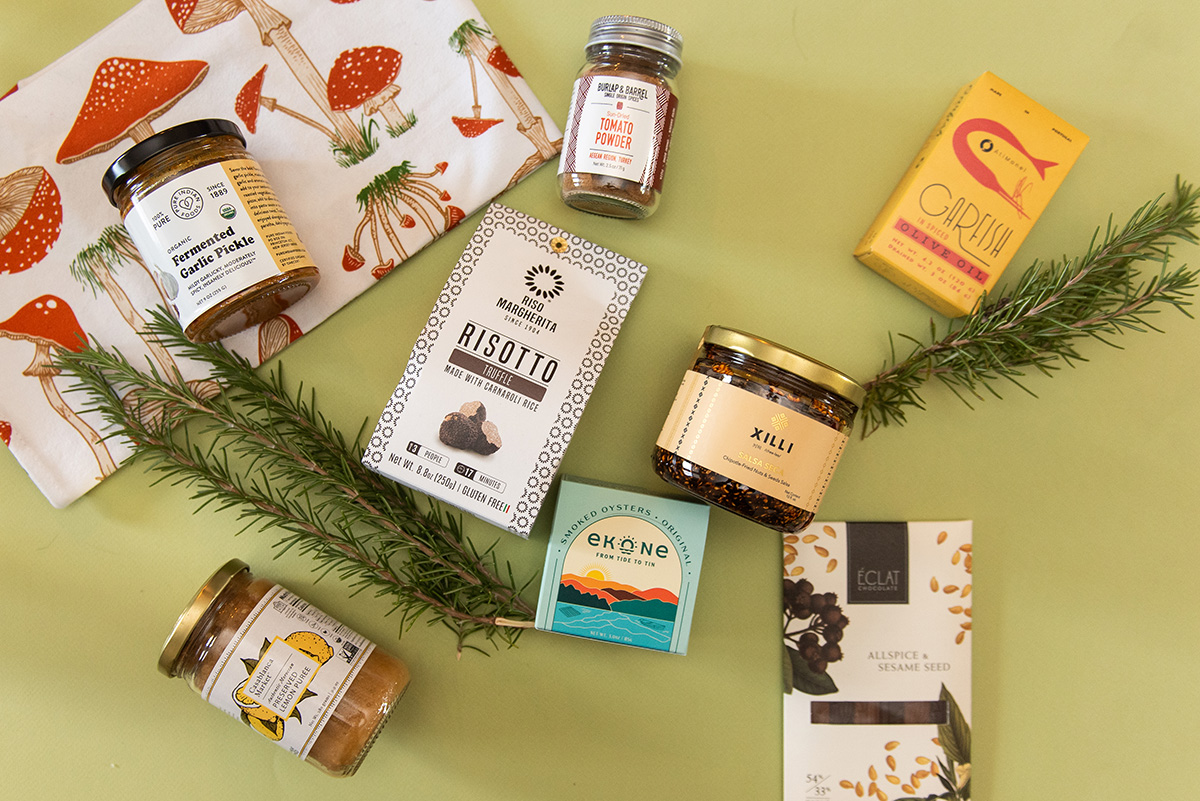
To give a touch of sweetness: The DC Landmark Chocolate Covered Oreo Holiday Cookies from Capital Candy Jar. Wrapped in a festive red bow, this box of nine cookies embraces love for Washington and the holiday season in one. Among the dark and milk chocolate covered cookies are images of the U.S. Capitol, the White House, the Lincoln Memorial, the Jefferson Memorial and festive hollies. The treat, packaged in a Hill East facility just a few blocks from the Capitol, is available for purchase online and at the DowntownDC Holiday Market. ($23.95)


To celebrate queer gaming: Thirsty Sword Lesbians from Labyrinth Games & Puzzles. This roleplaying game embraces lesbian culture by unlocking a world of swords, romance, and battle. Ideal for group settings, the book presents a system of world building and character identities that are best brought to life by creative minds. Labyrinth, which has been a local Washington business for more than 15 years, celebrates non-digital fun through games and puzzles that connect the community. This gift is offered online and at Labyrinth’s Capitol Hill location. ($29.99)
To make a bold statement: The “Resist” T-shirt from Propper Topper. This locally screen-printed black tee features the Washington flag designed within a raised fist, symbolizing both Washington pride, and political resistance. The shirt is made exclusively by Propper Topper, a local Washington business that evolved from a hat shop to a gift store since opening in 1990. The tri-blend unisex shirt is available both for pickup at Propper Topper’s Cathedral Heights location and shipping via the online site. ($32)
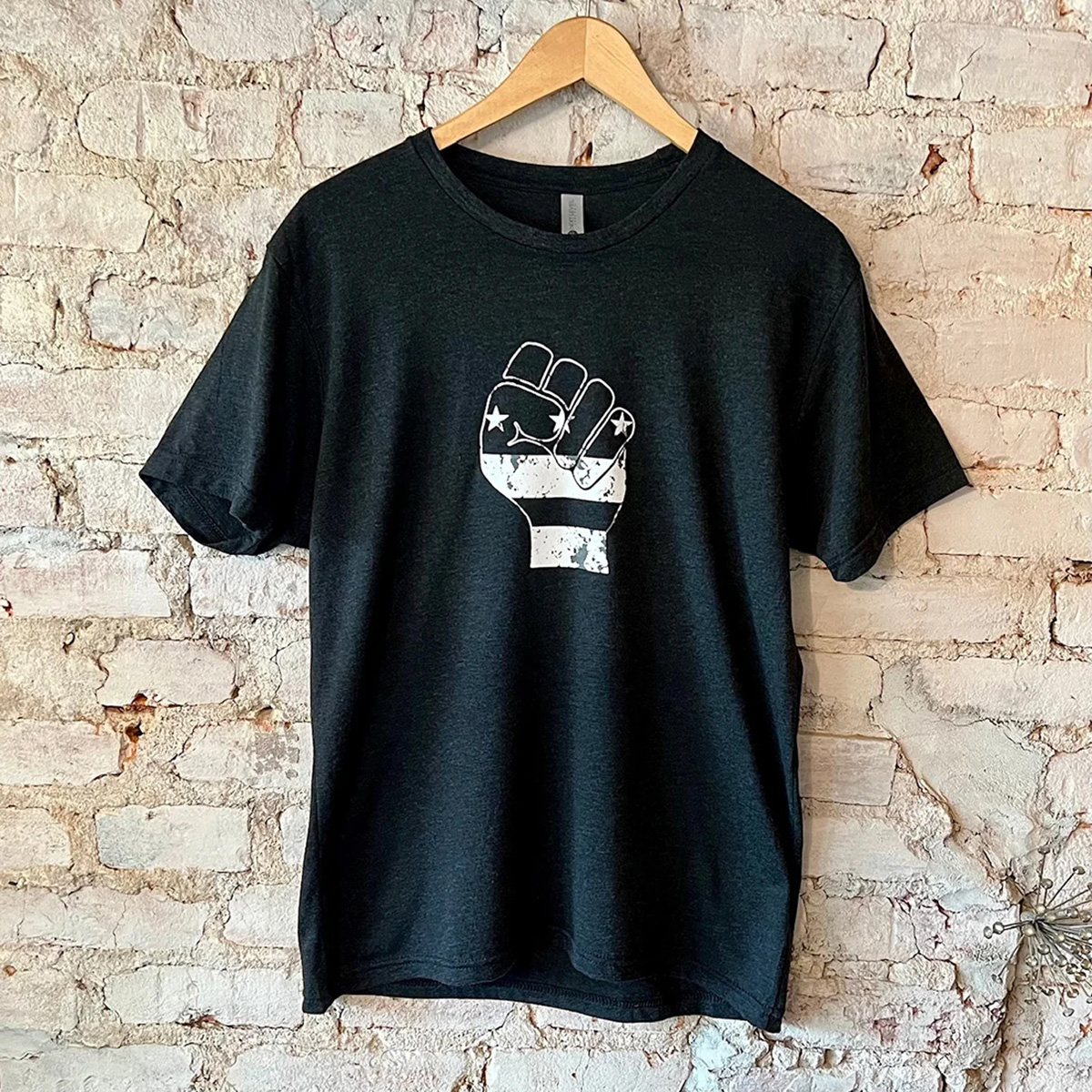
To keep it c(g)lassy: The Glass Ball earrings from Blue Moon Aquarius. Gifting can rarely go wrong when it comes to a new pair of earrings. The unique statement earrings — made of polymer clay, glass, and 18k gold plating over surgical steel — are hand cut, sanded and assembled in Washington, meaning each set is unique. Blue Moon Aquarius, a local brand, is known for its small batch jewelry and home decor designed with clay materials. Available in oxblood, hunter green, lavender, and bluestone color palettes, these earrings are available for purchase on Blue Moon Aquarius’ website and at the DowntownDC Holiday Market. ($48)
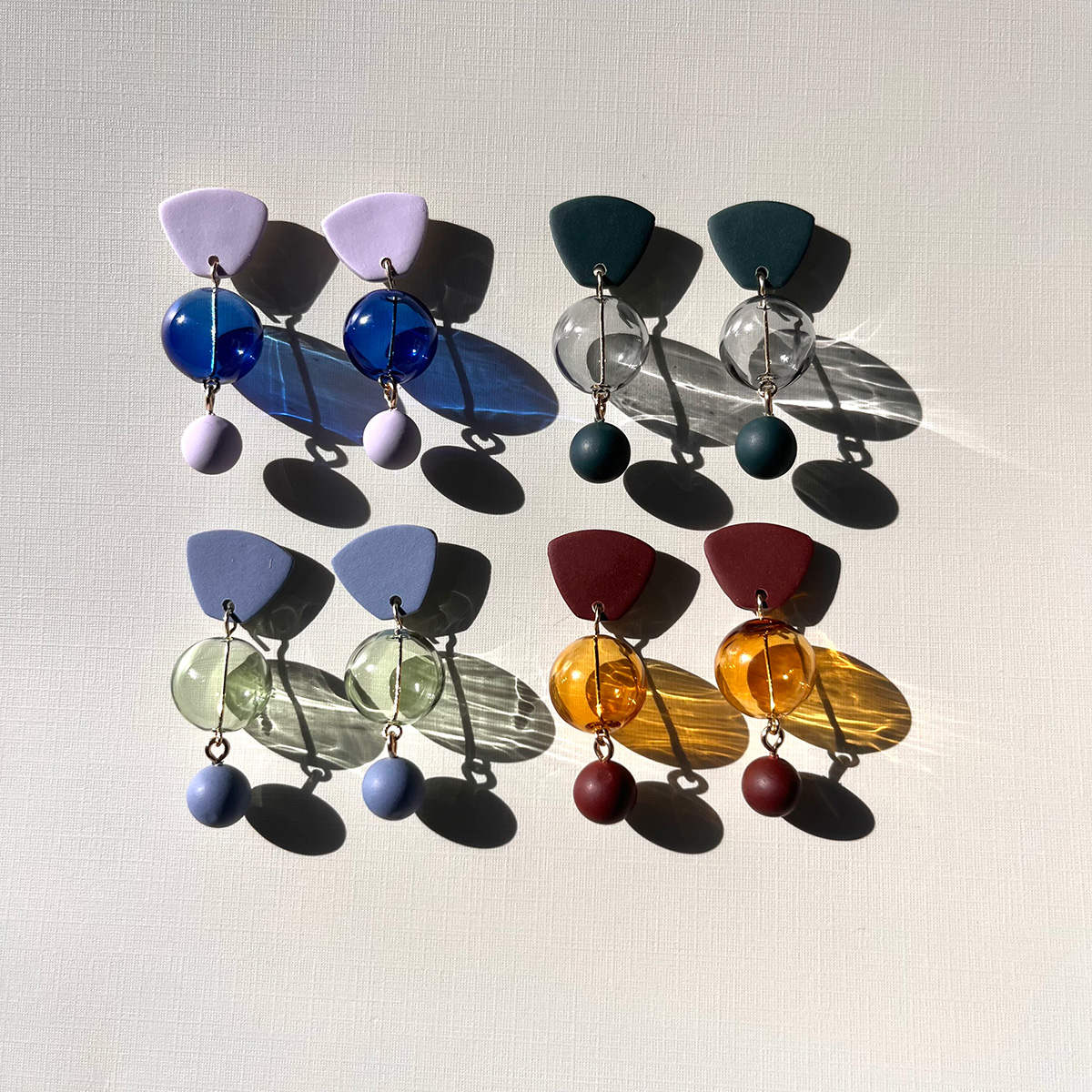
To elevate a holiday tea or charcuterie party: The Honey Flight: Tea Lover’s Selection from BannerBee. This local honey company presents the ideal gift to make cozying up with a cup of tea slightly more special. The Honey Flight contains three types of raw wildflower honey infused with fair trade Ugandan vanilla bean, chai spices, and locally sourced lemon thyme herb. The gift is also an opportunity to uplift a family company based in the Mid-Atlantic that offers all-natural, sustainable products. The flight is available online, at the DowntownDC Holiday Market or at the Arlington Courthouse and Dupont Farmers’ Markets. ($36)

For Baltimore shoppers: If you’re in Charm City, don’t miss Balston Mercantile, opened by a gay couple in June. Their gorgeous shop in the Hampden neighborhood offers an array of unique, upscale finds, from barware and artwork to cookbooks and home decor and more. (849 W. 36th St.)
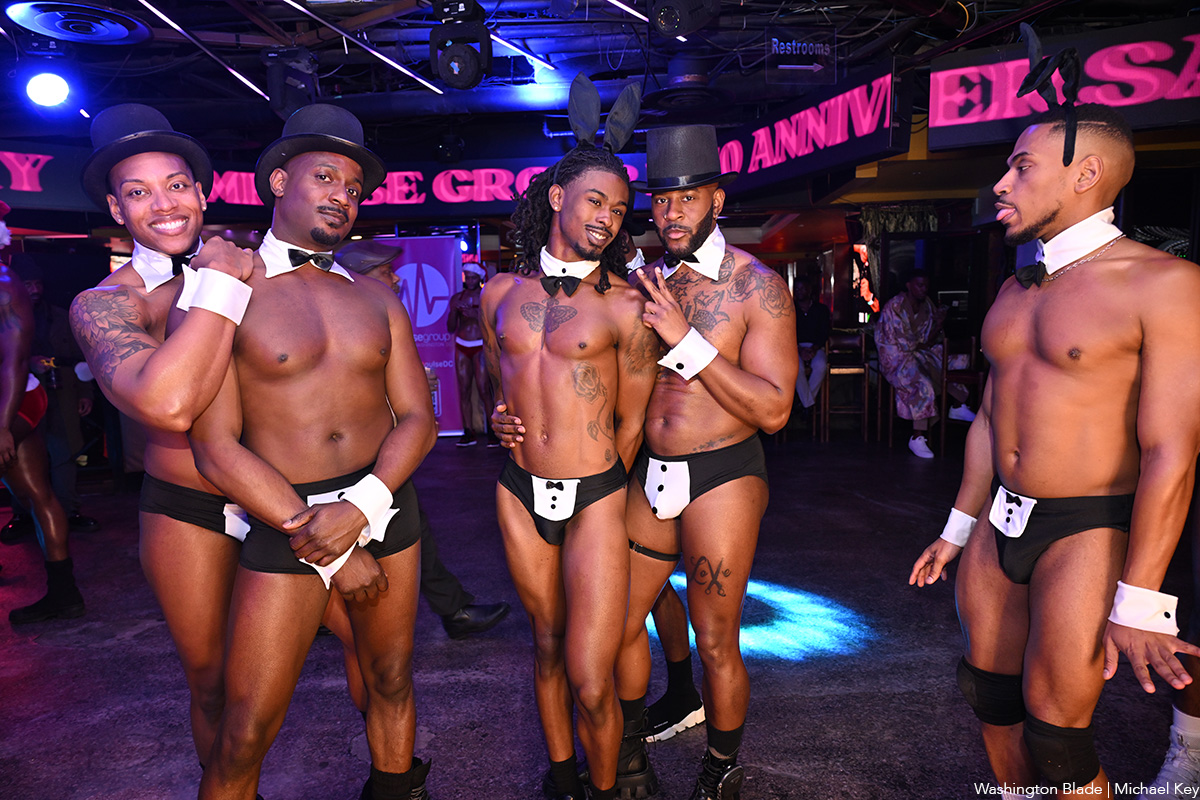
Impulse Group DC held “10’s Across the Board: A Celebration of 10 Years” at Bravo Bravo (1001 Connecticut Ave., N.W.) on Sunday, Dec. 14. Impulse Group DC is a volunteer-led 501(c)(3) and affinity group of AIDS Healthcare Foundation dedicated “to engaging, supporting, and connecting gay men” through culturally relevant health and advocacy work.
(Washington Blade photos by Michael Key)


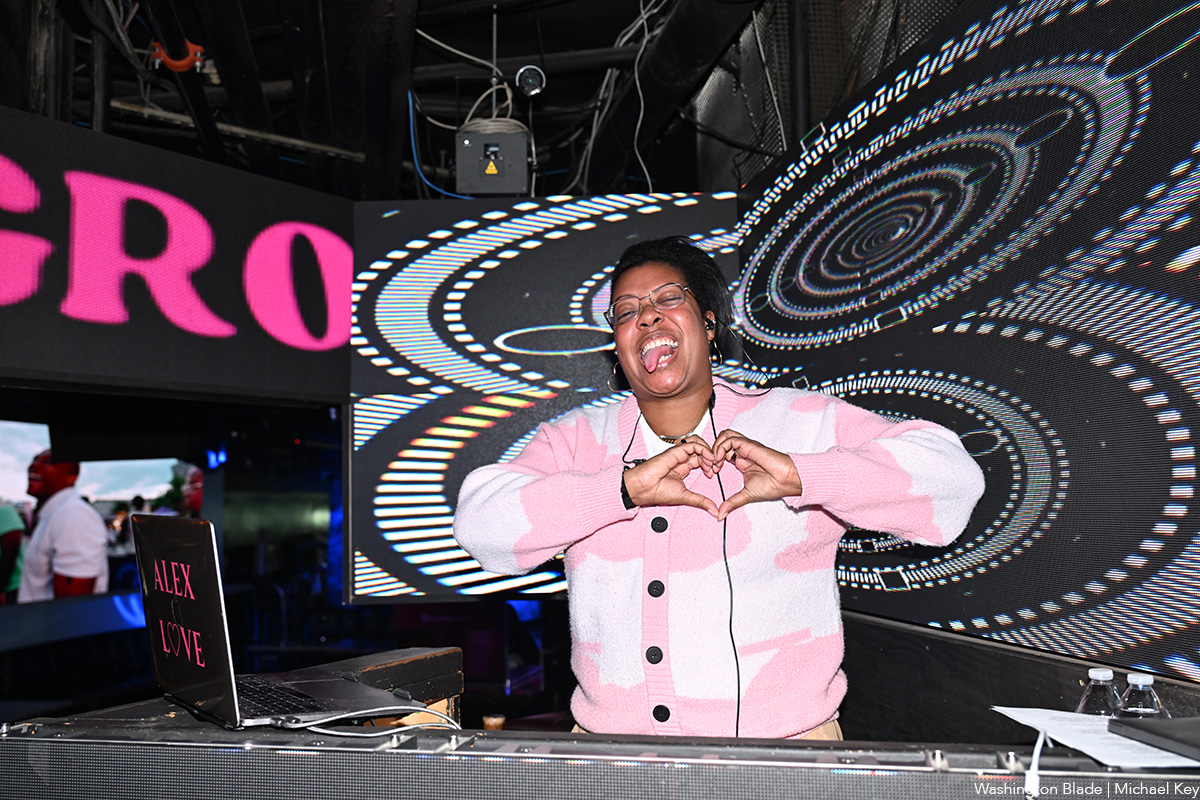
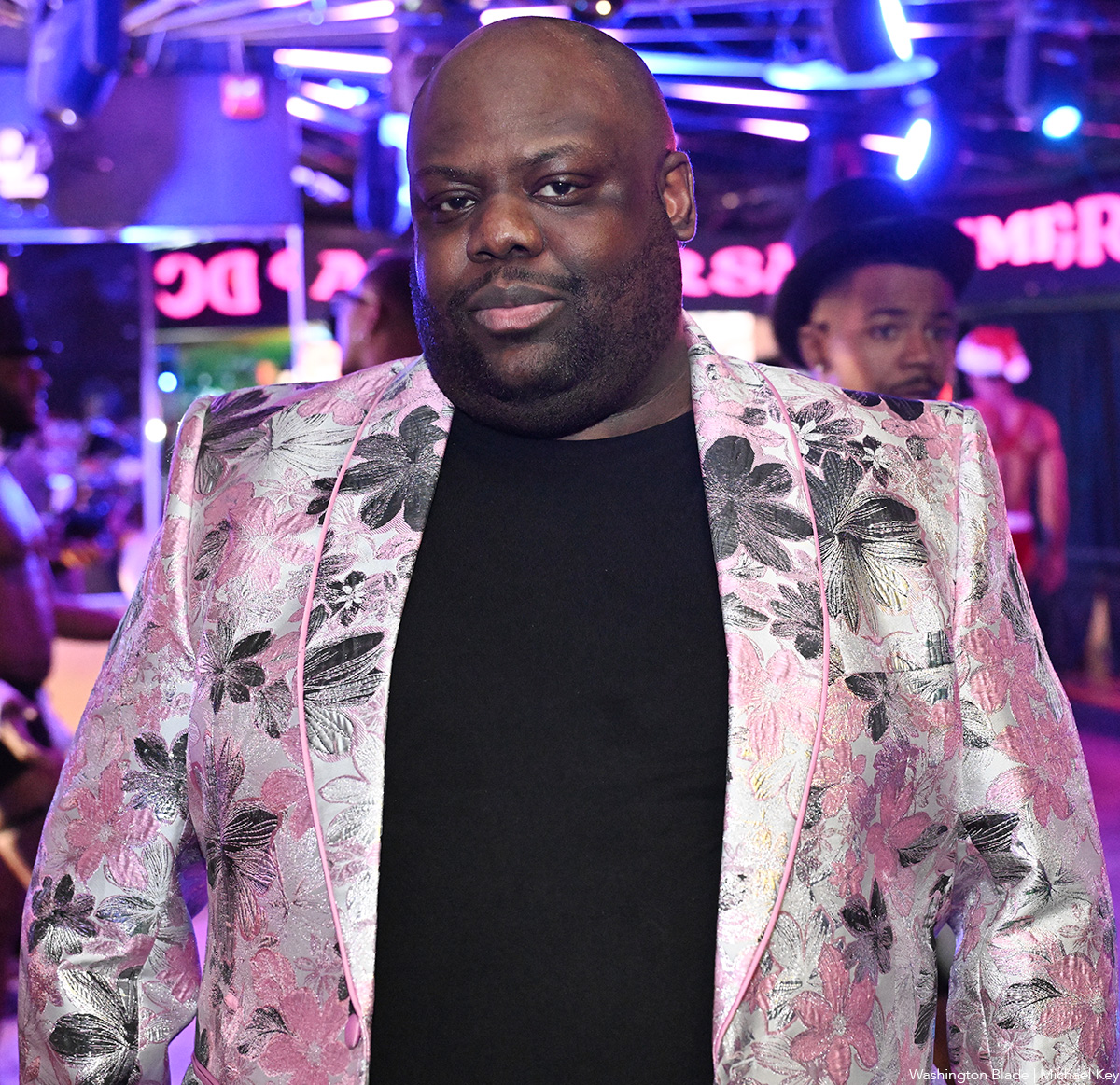
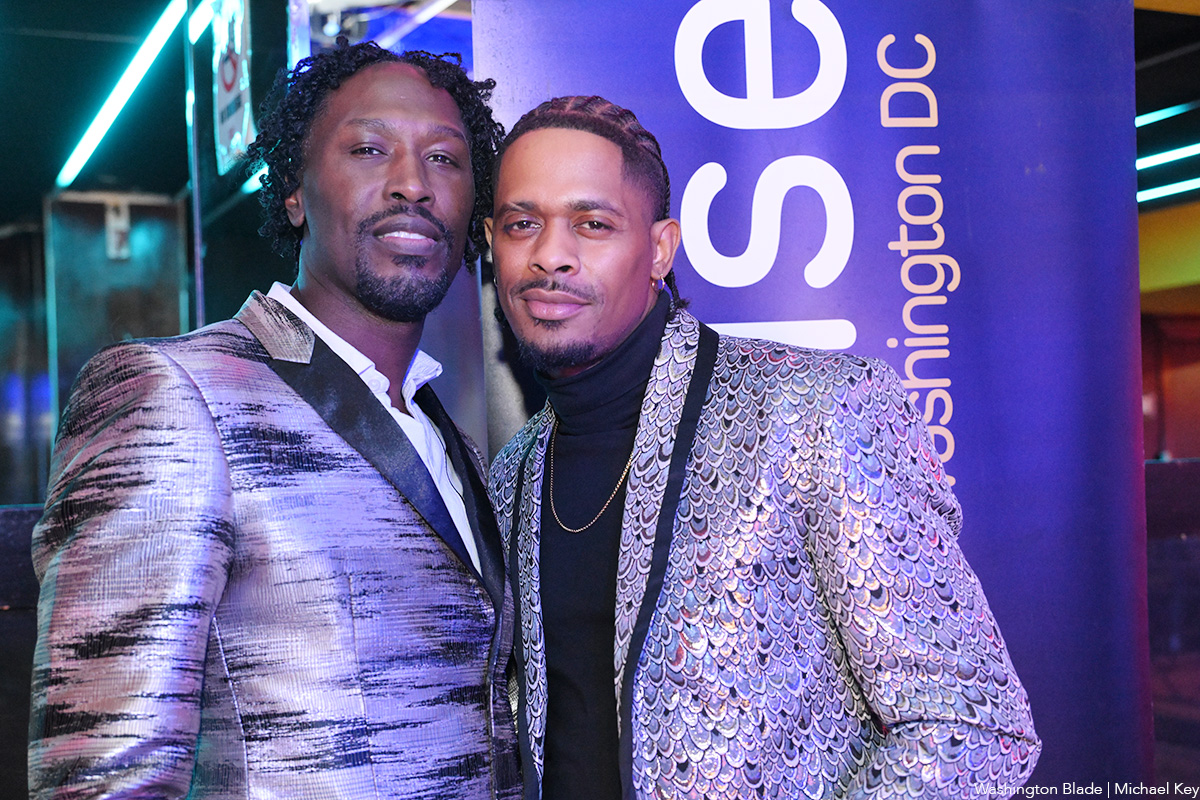
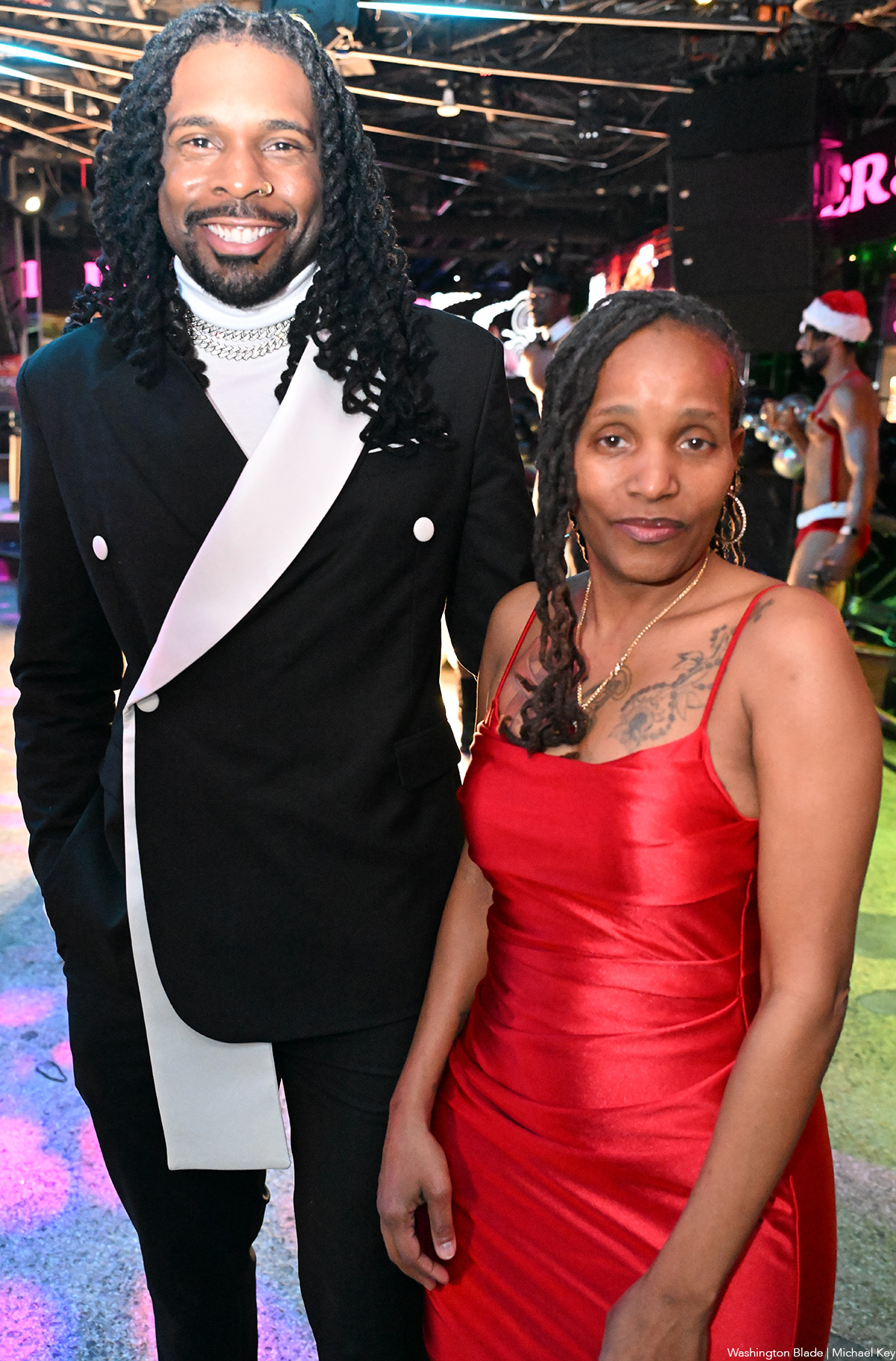
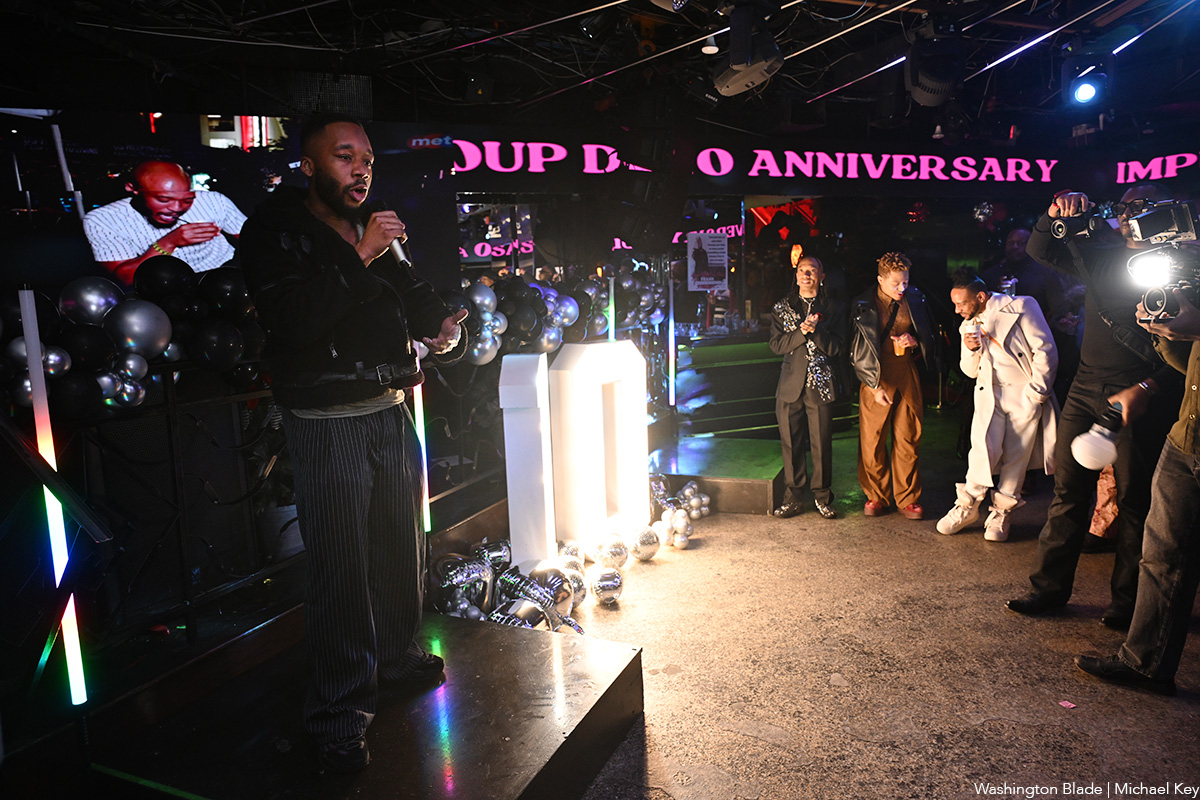
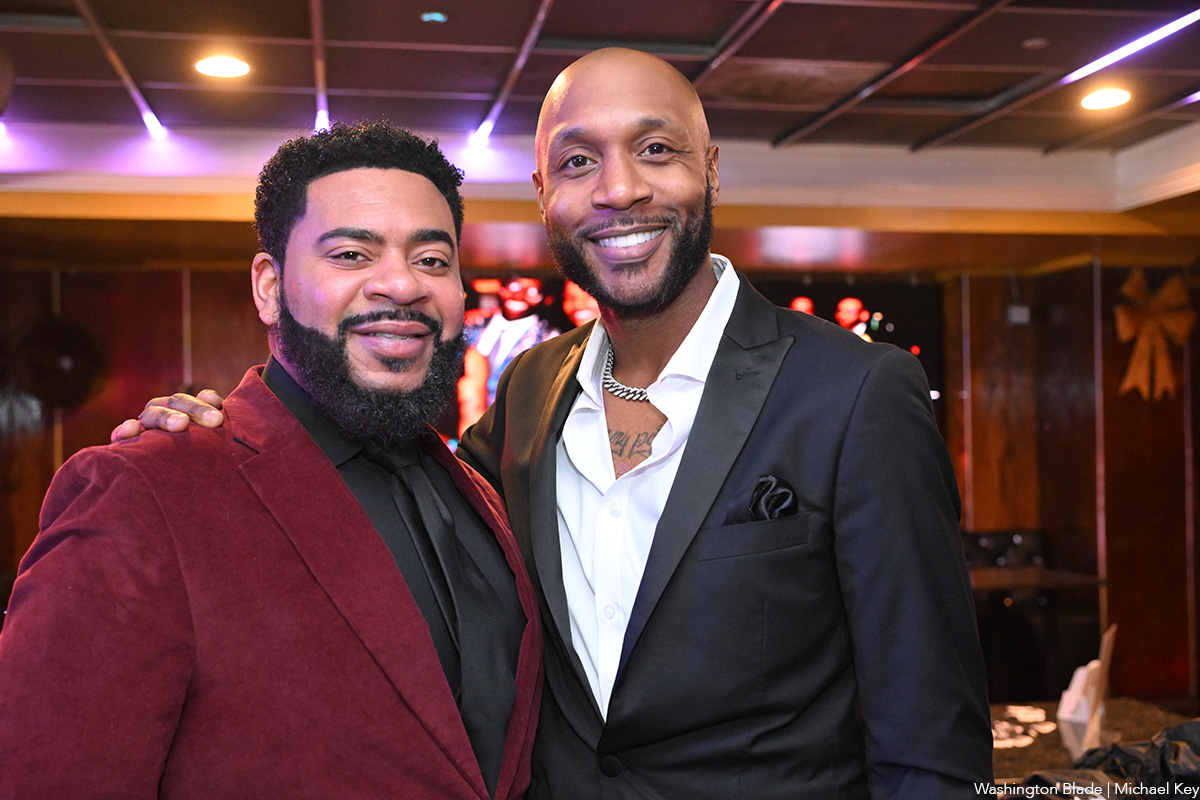
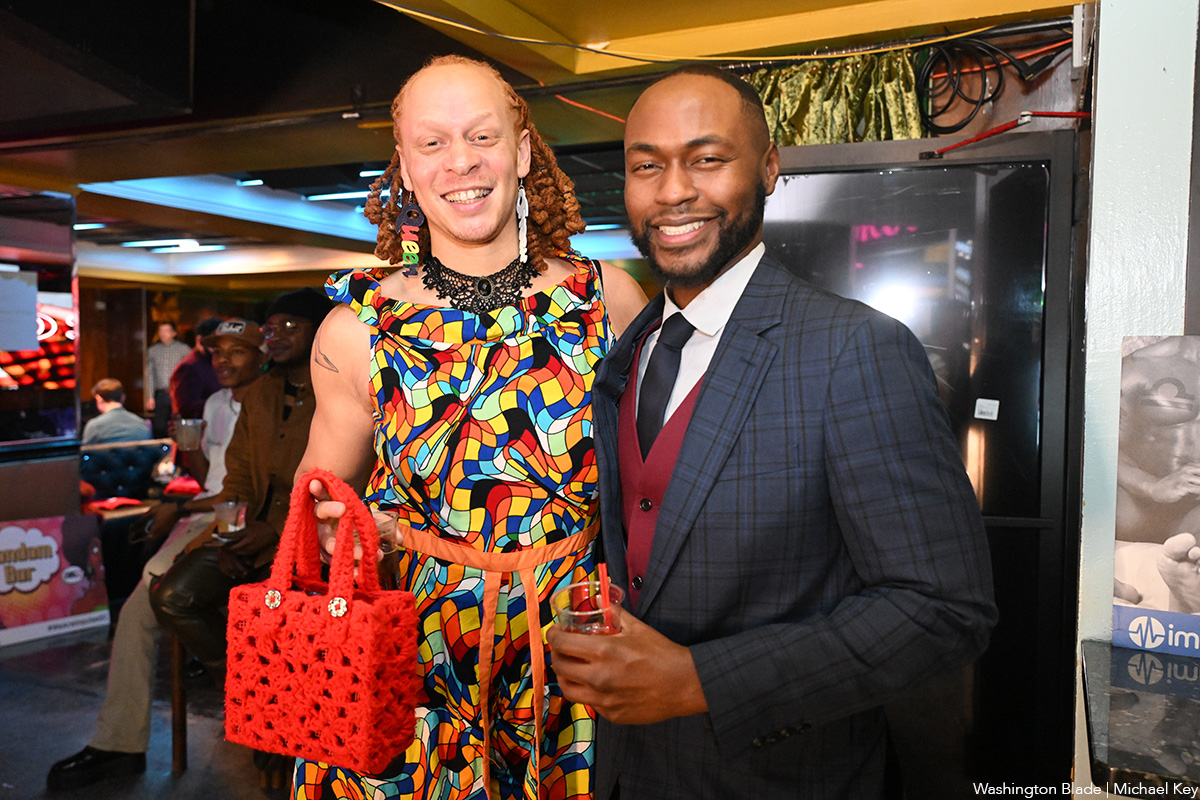
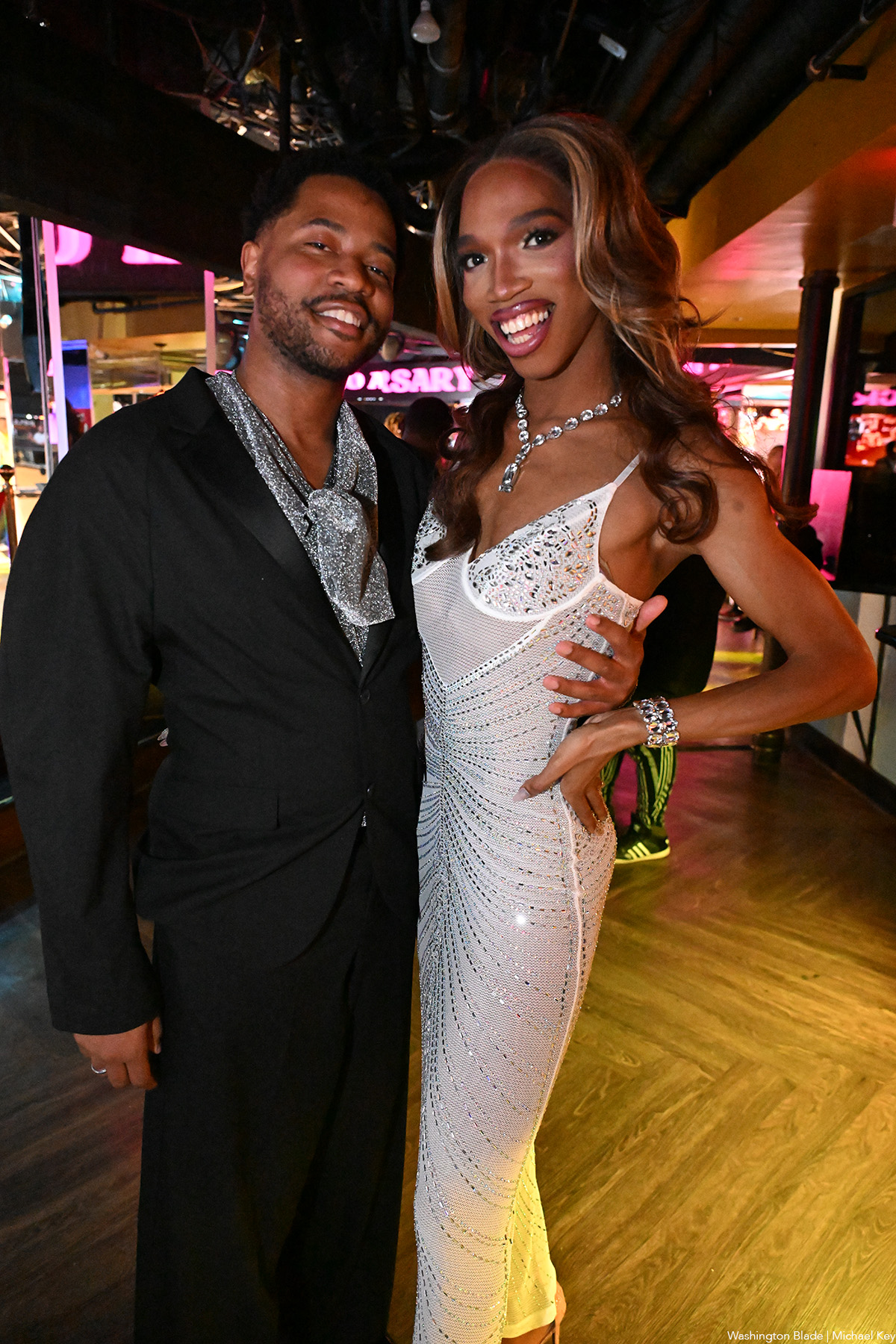
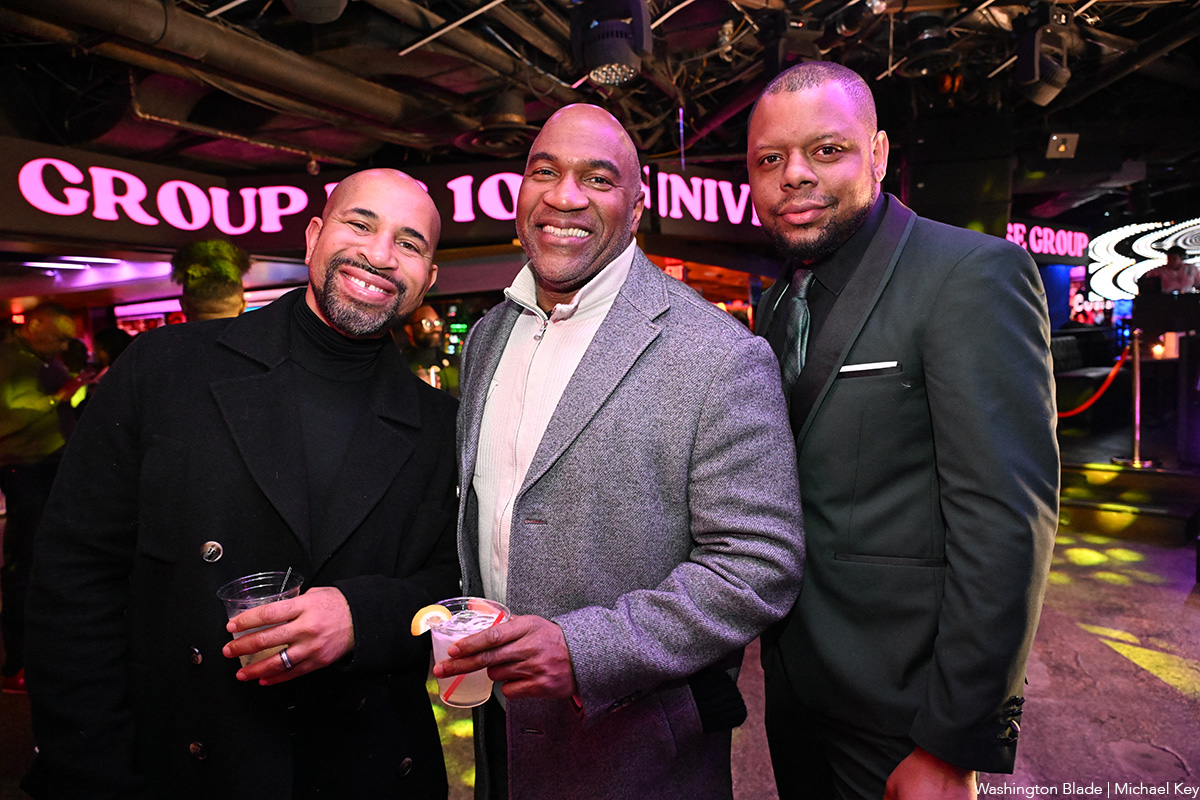
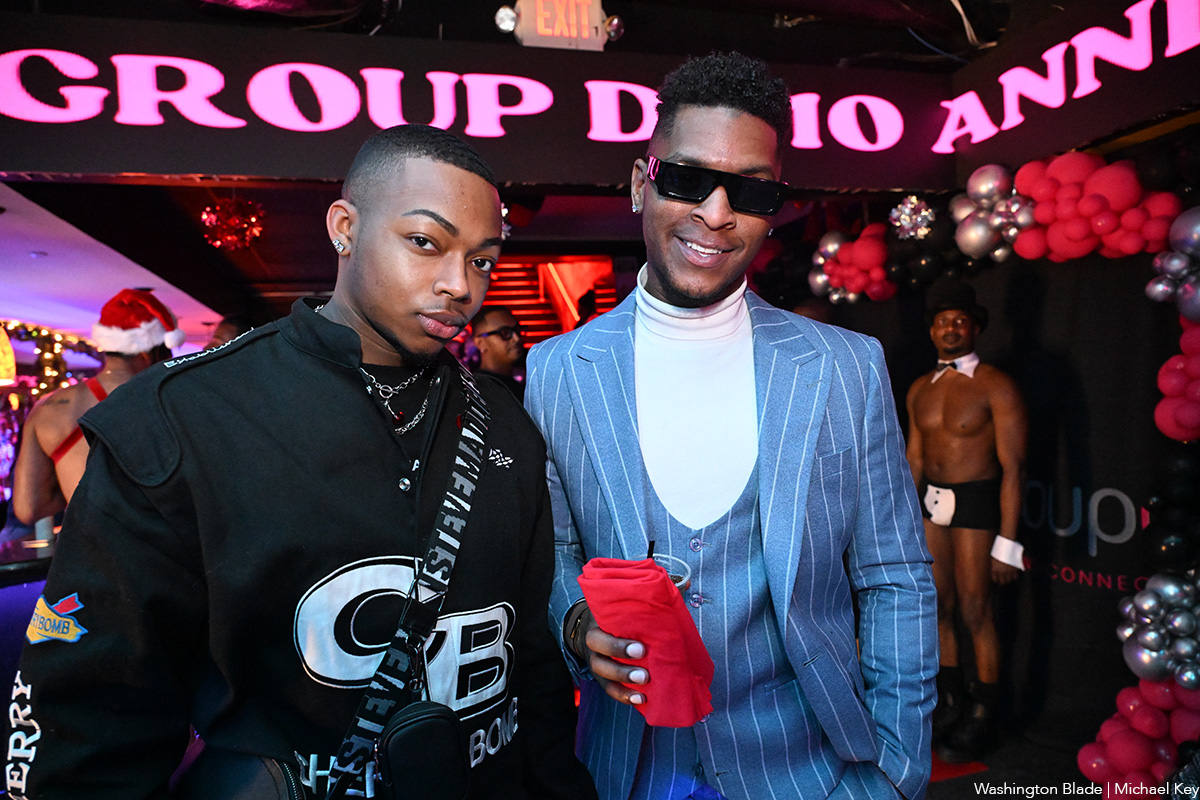
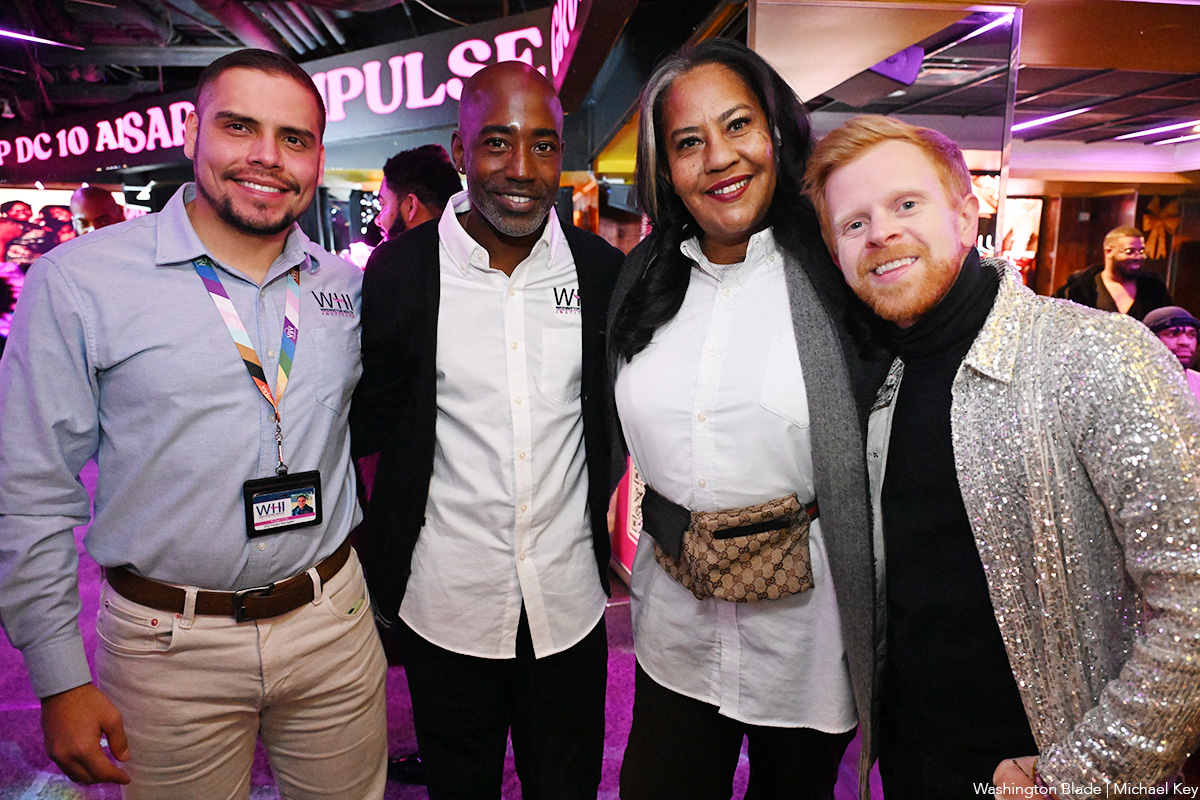
-

 Politics5 days ago
Politics5 days agoLGBTQ Democrats say they’re ready to fight to win in 2026
-

 District of Columbia4 days ago
District of Columbia4 days agoBrian Footer suspends campaign for Ward 1 D.C. Council seat
-

 Opinions5 days ago
Opinions5 days agoLighting candles in a time of exhaustion
-

 Opinions4 days ago
Opinions4 days ago2026 elections will bring major changes to D.C. government



